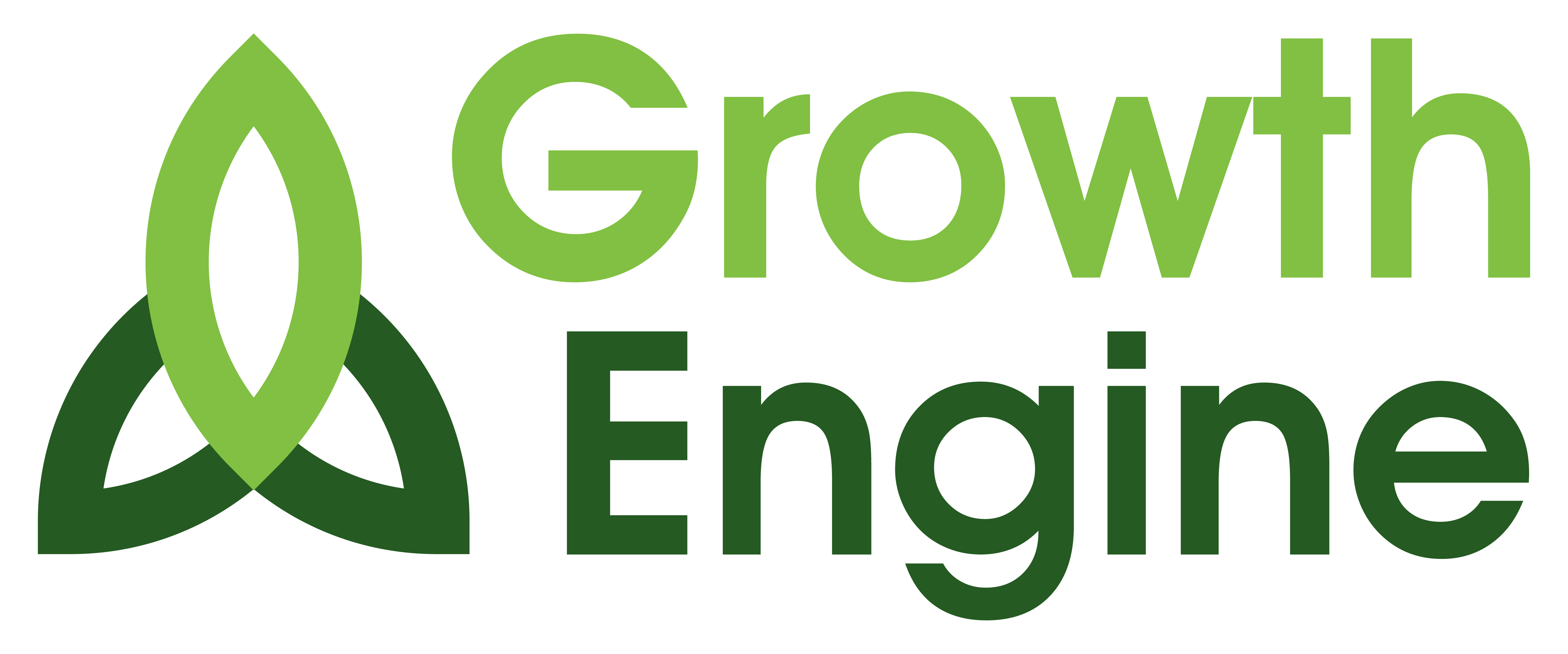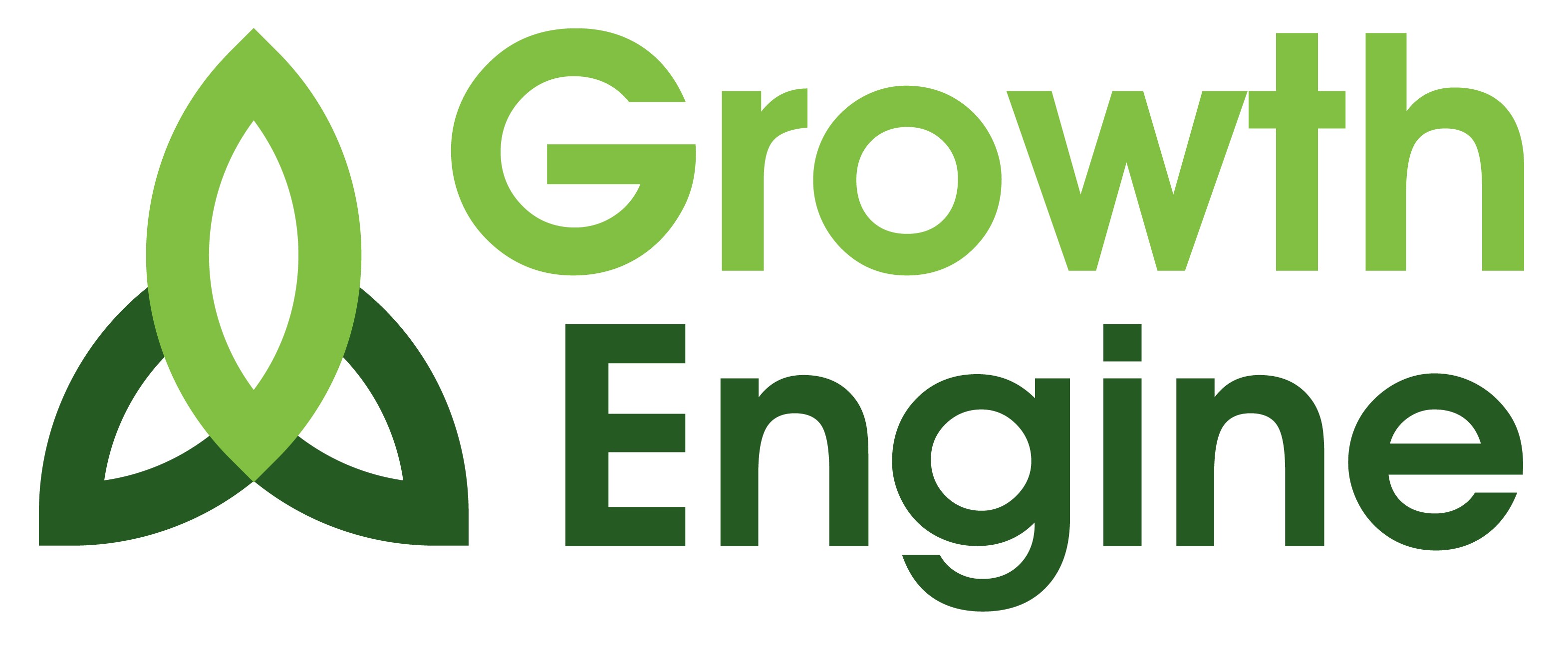Have you ever wondered why some startups skyrocket to success while others crash and burn? The answer often lies in those crucial early steps from concept to first product. But here’s a startling fact: according to a 2022 report by Startup Genome, while the global startup economy is valued at a staggering $3.8 trillion, a sobering 90% of startups fail. Even more tellingly, CB Insights found that 35% of these failures stem from a lack of market need for the product.
What separates the triumphant 10% from the rest? The secret weapon: a well-executed Minimum Viable Product (MVP). But don’t just take our word for it. A study by First Round Capital revealed that companies launching with an MVP are 20% more likely to secure additional funding rounds. Moreover, Failory reports that startups pivoting at least once based on MVP feedback have 3.6 times better user growth and raise 2.5 times more money.
These aren’t just numbers—they’re a roadmap to success. They tell us that mastering the art of MVP development isn’t just a nice-to-have, it’s the lifeline every founder needs to navigate the treacherous waters of the startup world. So, are you ready to beat the odds and turn your idea into the next big thing? Let’s embark on this exhilarating journey of bringing your startup vision to life, armed with strategies to propel you into that coveted 10%.
Conceptualization: Where It All Begins
Every groundbreaking product starts with a spark – a moment when you realize, “There’s got to be a better way!” This is where you, the visionary founder, step in. Identify a pressing problem or an unmet market need. Brainstorm potential solutions, but don’t stop there. Validate your idea through initial research. Is your solution truly unique? Does it solve a real pain point? Define your unique value proposition – what sets you apart from the crowd?
Market Research: Know Your Battlefield
Before you charge ahead, take a moment to survey the landscape. Who’s your target audience? What solutions already exist? Don’t be discouraged if you find competitors – it often means there’s a market! Assess the market size and potential. Most importantly, gather feedback from potential users. Their insights are worth their weight in gold.
Embrace the Lean Startup Methodology
Here’s where things get interesting. The lean startup approach is your secret weapon in the MVP development process. It’s all about the Build-Measure-Learn feedback loop. Build quickly, measure real-world performance, and learn from the results. Be prepared to iterate and pivot. Remember, flexibility is your superpower in the startup world.
Defining MVP Features: Less is More
Now comes the challenging part – deciding what makes the cut for your MVP. Prioritize ruthlessly. Use the MoSCoW method to categorize features: Must-have, Should-have, Could-have, and Won’t-have (for now). Focus on solving the core problem. Your MVP should be minimal enough to launch quickly but viable enough to provide real value. It’s a delicate balance, but getting it right is crucial.
User-Centric Design: Your North Star
In the race to launch, don’t lose sight of your users. Create user personas and user stories to guide your design decisions. Wireframe and prototype your ideas. Get these in front of potential users early and often. Their feedback is invaluable in shaping a product people will actually want to use.
Choosing the Right Tech Stack: Build Smart
Selecting your technology stack is like choosing the right tools for a job. Evaluate your options carefully. Consider scalability and future growth – you don’t want to paint yourself into a corner. Balance the speed of development with long-term viability. And don’t reinvent the wheel – sometimes buying a solution is smarter than building from scratch.
Development Process: Agile All the Way
Agile methodologies are your best friend in MVP development. Break your project into sprints, plan meticulously, and execute swiftly. Embrace continuous integration and deployment to keep your development cycle tight. Don’t forget about quality assurance – nothing kills user trust faster than a buggy product.
MVP Launch and User Acquisition: The Moment of Truth
The big day arrives – it’s time to launch! Consider a soft launch strategy to iron out any kinks. Set up beta testing programs and court early adopters. Their feedback is pure gold. Be prepared to gather and analyze user responses rigorously. Use this data to guide your next iterations.
Metrics and KPIs: Measure What Matters
You can’t improve what you don’t measure. Define key performance indicators that align with your goals. Focus on user engagement metrics, conversion rates, and retention. Let data be your guide in deciding what to build next.
Funding Considerations: Fueling Your Vision
Deciding between bootstrapping and seeking investment? Your MVP can be a powerful tool in either scenario. If you’re pitching to investors, align your MVP milestones with potential funding rounds. Use your MVP to demonstrate traction and validate your business model.
Avoid Common Pitfalls
Watch out for these common traps:
- Feature creep: Stay focused on your core offering.
- Perfectionism: Done is better than perfect for an MVP.
- Ignoring feedback: Your users are speaking – listen!
- Premature scaling: Grow at the right pace.
Learn from Others
Take inspiration from successful MVP-to-product journeys like Dropbox, which started with a simple video demo, or Airbnb, which began by renting out air mattresses. Even failures offer valuable lessons – remember Google Wave? It teaches us the importance of clear user value and simplicity.
The Road Ahead
Transforming an idea into an MVP is just the beginning of your startup journey. It’s a path filled with challenges, pivots, and exhilarating breakthroughs. Stay persistent, remain adaptable, and never lose sight of your users’ needs.
Remember, every tech giant started as a humble MVP. Your groundbreaking product could be next. So, roll up your sleeves, embrace the lean methodology, and start building. The startup world is waiting for your innovation!
Additional Resources:
- “The Lean Startup” by Eric Ries – the OG startup bible
- “Sprint: How to Solve Big Problems and Test New Ideas in Just Five Days” by Jake Knapp – for when you’re really in a hurry
- “Growth Product Manager’s Handbook“ by yours truly – because, well, I wrote it and my daughter says it’s pretty good (but seriously, it might help)
Join startup communities on Reddit or participate in local meetups – where you can find other sleep-deprived, caffeine-fueled visionaries
Your MVP journey starts now. Are you ready to turn your idea into the next big thing? Or at least into something that doesn’t make your friends awkwardly change the subject when you bring it up at parties? Let’s go!
To infinity and beyond,
Eve Chen,
Commander of Growth Engine – Your Partner for Transformative Growth
Connect with Eve at https://www.linkedin.com/in/evechen/


